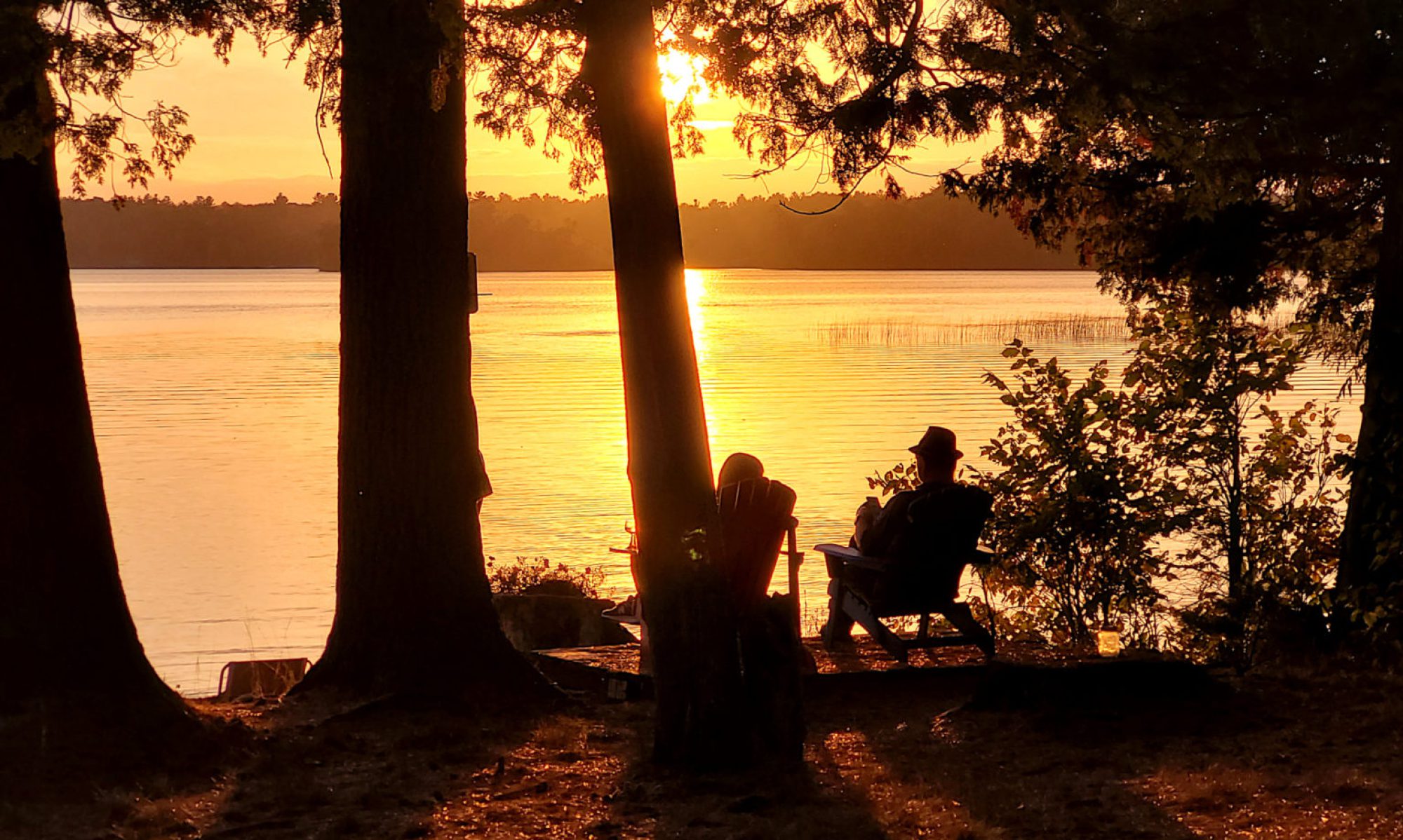
From the New York Times: “The trip had been a long shot. Bob Garrison reminded himself of that as he stood on a pier a thousand miles from home. Behind him lay the tile-roofed beach town of San Clemente, Calif., his last stop. Before him stretched the Pacific Ocean, immense and unbound. Gulls cried. Surf broke. It was Monday, his last day. Mr. Garrison could afford only so much time off. And yet what if he was close? He had spent the last two days following up on leads, scouring parks, passing out fliers. “MISSING,” they said, in block letters over photos of a 45-year-old man from Seattle, 6 feet, 6 inches tall with a beard to his chest, an ice-ax tattoo and a silver cross necklace. On this June day, Mr. Garrison, an engineer from rural Ellensburg, Wash., was not thinking about California’s humanitarian crisis. He was just a 70-year-old man trying to rescue his son.”
How Mark Twain and Helen Keller formed a lifelong friendship

From Open Culture: “While many people grow more conservative with age, Twain and Keller both grew more radical, which accounts for another little-known fact about these two nineteenth-century American celebrities: they formed a very close and lasting friendship that in Keller’s case may have been one of the most important relationships in either figure’s lives. Twain’s importance to Keller, and hers to him, begins in 1895, when the two met at a lunch held for Keller in New York. According to the Mark Twain Library, Keller “seemed to feel more at ease with Twain than with any of the other guests.” She would write, “He treated me not as a freak, but as a handicapped woman seeking a way to circumvent extraordinary difficulties.” After the meeting, he wrote to his benefactor Henry H. Rogers, asking Rogers to fund Keller’s education. Rogers made it possible for her to continue her education and to achieve the enduring fame Twain had foreseen.”
Note: This is a version of my personal newsletter, which I send out via Ghost, the open-source publishing platform. You can see other issues and sign up here.
Their dream life in Costa Rica ended when they found her husband’s dead body

From Outside: “Rich expats gravitate to a suburban area called Escazú, because that’s where the embassies are and because misery loves company. It was there, in a high-security apartment complex for short-term diplomats, that I first met Ann Bender, Central America’s most captivating accused murderess. By this point—October 12, 2012—nearly three years had passed since the strange and bloody death of Ann’s husband, John Felix Bender. John, 44, was known on Wall Street as the troubled genius who’d quit the billionaire track without explanation in 2000 and retreated to a fortified compound in the Costa Rican jungle. His end came just after midnight on January 8, 2010, in the top-floor bedroom of a circular mansion that looked like something Colonel Kurtz would have imagined in his dreams. John was naked in the bed he shared with Ann, who was then 39. The cause of death was a single pistol shot to the back of the head.”
The little-known ancient society that flourished off the coast of California

From the BBC: “Often called “the Galapagos Islands of North America”, the Channel Islands contain 145 endemic plant and animal species that exist nowhere else, including a Torrey pine grove (one of only two on Earth), as well as island deer mice, spotted skunk, island scrub jays and the Channel Island dwarf fox. In 1959, archaeologist Phil Orr discovered human remains on Santa Rosa island in the national park. Nearly 40 years later, his successor used radiocarbon dating to determine that these skeletal remains date back some 13,000 years, making them one of the oldest-known human remains found in North America. The discovery of this so-called “Arlington Man” begged many questions: who was this ancient person, how did he get onto the island and what happened to his descendants? The answer likely points back to the Chumash people, an Indigenous group whose territory once spanned some 7,000 square miles along the California coast and the northern Channel Islands.”
The little-known women who programmed America’s first electronic computer

From the IEEE: “On 14 February 1946, journalists gathered at the Moore School of Engineering at the University of Pennsylvania to witness a public demonstration of one of the world’s first general-purpose electronic digital computers: the Electronic Numerical Integrator and Computer (ENIAC). Arthur Burks, a mathematician and senior engineer on the ENIAC team, was in charge of showing off the machine’s capabilities. He first had the computer add 5,000 numbers together, a task it completed in 1 second. Then he demonstrated that the machine could compute a bomb trajectory in less time than a shell would take to fly from gun to target. What the journalists didn’t know, or what was concealed during the demonstration, was that behind the computer’s apparent intelligence was the arduous and ground-breaking programming work of a team of six women, who themselves had previously worked as “computers.”
A bluegrass band covers AC/DC’s “Thunderstruck”
Acknowledgements: I find a lot of these links myself, but I also get some from other newsletters that I rely on as “serendipity engines,” such as The Morning News from Rosecrans Baldwin and Andrew Womack, Jodi Ettenberg’s Curious About Everything, Dan Lewis’s Now I Know, Robert Cottrell and Caroline Crampton’s The Browser, Clive Thompson’s Linkfest, Noah Brier and Colin Nagy’s Why Is This Interesting, Maria Popova’s The Marginalian, Sheehan Quirke AKA The Cultural Tutor, the Smithsonian magazine, and JSTOR Daily. If you come across something interesting that you think should be included here, please feel free to email me at mathew @ mathewingram dot com
